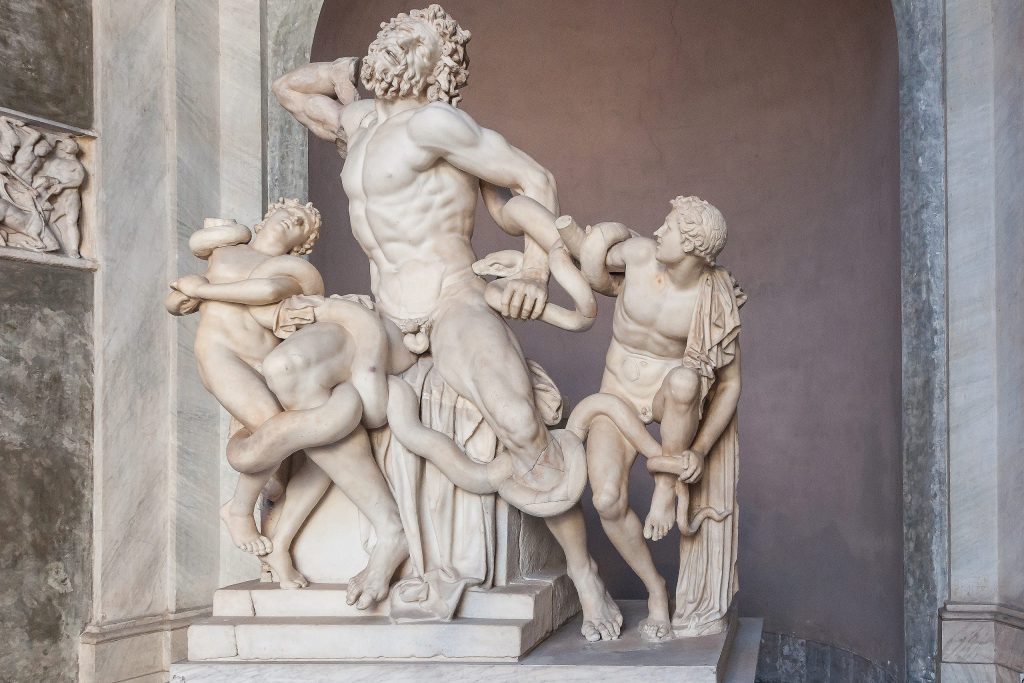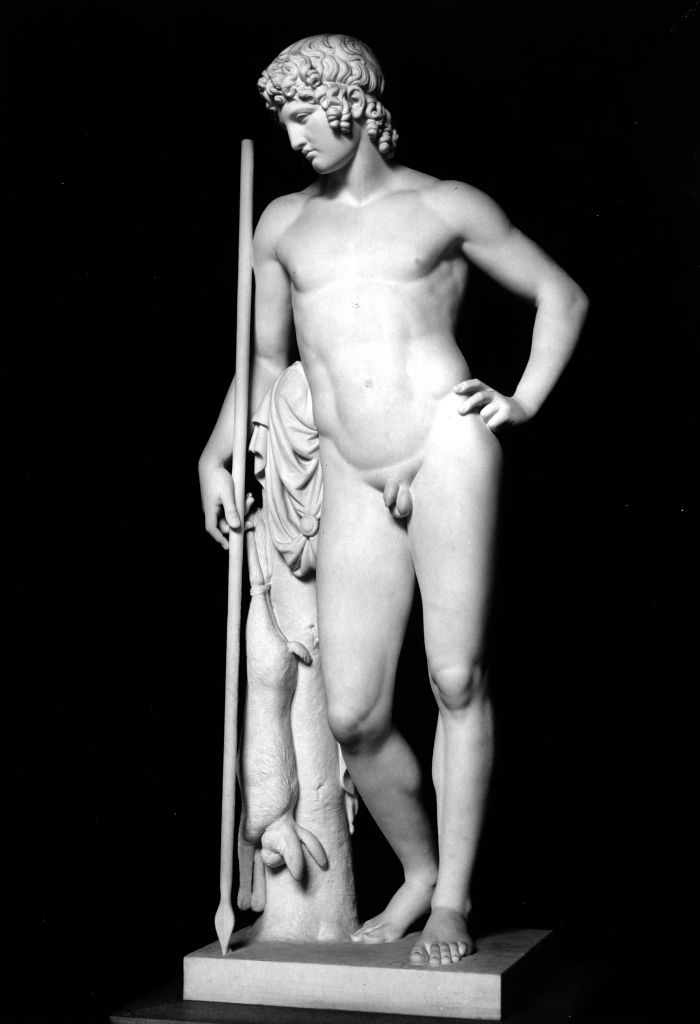RIO DE JANEIRO, BRAZIL – You may have heard that old saying that size does not matter. Some people may disagree with that statement, but to the ancient Greeks it is entirely correct.
Experts reveal that although they are hung up on sex, many would prefer partners with smaller penises to more robust ones-and believe that the preference may one day be back in fashion.

The ancient Greeks, ostensibly the parents of Western cultural and aesthetic values, abhorred large genitals. “[In ancient Greek culture], the perfect or beautiful penis is delicate,” explains John Clarke, an ancient scholar of erotic art at the University of Texas. “A man with very large genitalia is considered grotesque, laughable”.
This obsession is evident in statues and Greek works of art, in which the male figure is often depicted naked and with an inexpressive member. This concept dates back to the ideals of the 8th century B.C., and lasted for approximately 1,100 years, according to Dr. Timothy McNiven, an art expert at Ohio State University.
In addition to aesthetic beauty, the Greeks viewed small penises as a sign of men’s intelligence, modesty, rationality and self-control. On the other hand, the larger ones were used to symbolize the idiots, often dominated by an animal lust and a complete lack of restraint. In Greek art, people with large penises were associated with animals that placed libertinism and obscenity above all else.
Satyrs – half-human creatures that are goats from the waist down – were often depicted with large members. McNiven says they were “the poster boys for the loss of self-control”. Other ancient cultures, such as the Egyptians and later Romans, were also believed to prefer a small size.

Historian Ellen Oredsson said it was possible that the Greeks valued the aesthetics of modest penises because their “artistic ideals were all balanced; nothing should be too big or in disharmony”.
This reversal of values, or sizes, only began with the rise of the Renaissance, with explicitly erotic prints, and grew into modern art. “There probably wasn’t a definitive twist, because our conceptions of penis size were always fluid and multifaceted,” explains Joseph Slade, historian of cultural representations of sex and sexuality.
According to Oredsson, it’s likely that fashion may revert back to the other side. “I definitely don’t see it as a linear path. Even today, I think our cultural perceptions of the penis are very complex, many different beliefs have existed and coexisted throughout history”.

